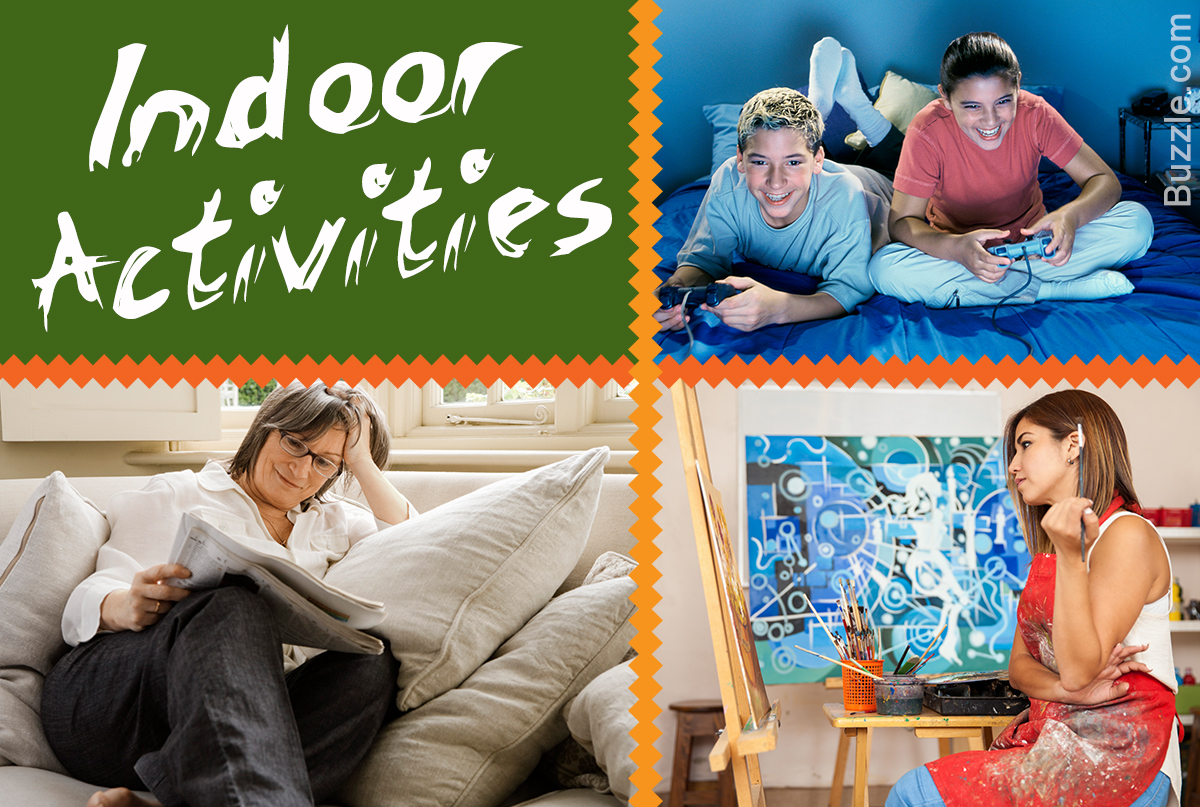Back to: PHYSICAL HEALTH EDUCATION JSS 2
Welcome to JSS2!
We are eager to have you join us in class!!
In today’s class, We will be discussing Recreation Activities. We hope you enjoy the class!

RECREATIONAL ACTIVITIES
Recreation can be defined as participation in sporting activities during our leisure time. It is done after one’s daily job usually for fun, enjoyment, social and physical benefits.
Consideration for Recreational Activities
- It must be a leisure activity.
- Recreational activities must be enjoyable.
- It must be benefiting.
- Recreational activities must be voluntary.
- It must involve the movement of parts of the body.
Factors that can limit the choice of recreation
- Interest
- Body type
- Needs
- Capability/ability
- Culture
- Religion
- Financial status
- Availability of facilities and equipment
- Social status
- Environment
- Climate/weather
- Health status
Aims and Objectives of Recreation
- It helps to help relax after work
- To eliminate boredom and reduce tension
- It helps to develop skills
- To develop physical fitness
- It helps correct postural defect
- To reduce crime and other anti-social behaviour
- It provides fun and enjoyment
- To interchange our day-to-day behaviour
Nature and Scope of Recreation
Recreation is grouped into two:
- Indoor recreational activities
- Outdoor recreational activities
Indoor recreational activities:
They are performed inside a house, hall or generally under a roof e.g. playing music, drawing and painting, sewing, watching television, playing ludo, draught, snakes and ladders, chess, reading and writing for pleasure, dancing, playing card, singing, etc.

Outdoor recreational activities:
They are performed outside or in the open such as parks, games reserves, sports field, etc. Examples of such games are mountaineering, playing games, walking, jogging, swimming, picnicking, gardening, canoeing, horse riding, hunting, hiking, basket weaving, pottery etc.
LEISURE ACTIVITIES
Leisure refers to the free time that people can spend away from their everyday responsibilities (e.g. work and domestic tasks) to rest, relax and enjoy life. It is during leisure time that people participate in recreation and sporting activities.
Rest is a state of being free from activity and disturbance. It helps to prevent tension. The best state of rest is sleep.
DANCE ACTIVITIES
Dance is an act of performing a series of rhythmic movements, usually to music although it could be carried out as a form of exercise. Examples are Atilogwu, Bata and Langa.

Benefits of Dance
- As an art skill, it serves as a means of self-expression
- It promotes emotional stability and mental alertness
- Dance creates room for fun and excitement
- It creates room for social interaction
We have come to the end of this class. We do hope you enjoyed the class?
Should you have any further question, feel free to ask in the comment section below and trust us to respond as soon as possible.
In our next class, we will be talking about Dance Activities. We are eager to meet you there.
